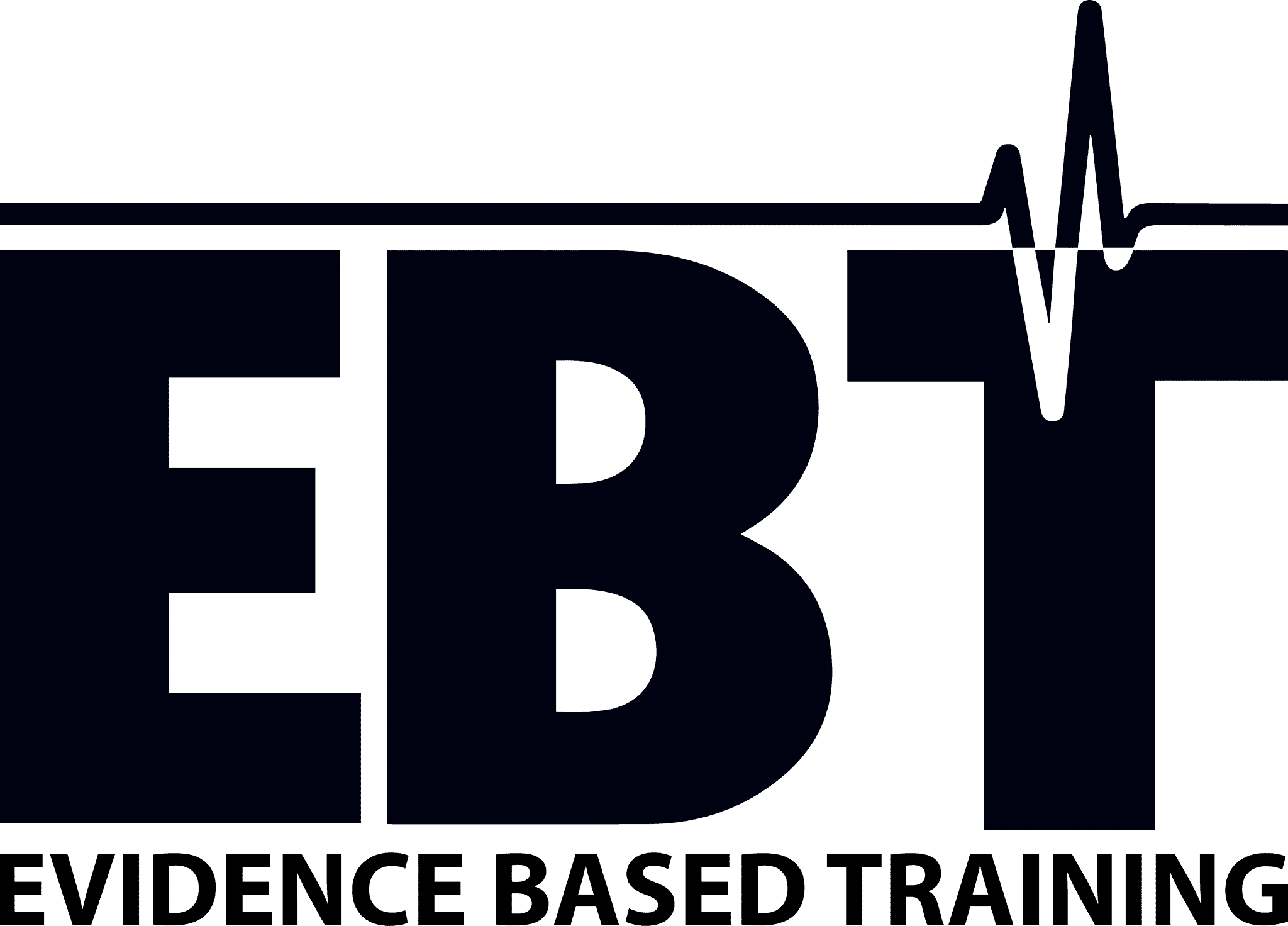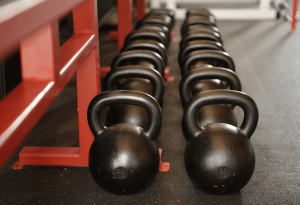A good workout program motivates you to get back to the gym for your next workout. For many people, the making PROGRESS gives a rewarding feeling which makes us want to keep training. (1) That’s why it’s important to TRACK your progress. (2,3)
So what metric should you track if your goal is to build muscle? Muscle thickness? Lean body mass? For these you need an ultrasound machine or a DEXA, which most people don’t have. What about tracking weight or arm circumference? These aren’t specific to muscle and can drive an unhealthy body image.
We believe that the simplest and most useful metric is your estimated 1 repetition maximum (1RM) of an exercise. An increasing 1RM means that you are getting stronger, and if you are getting stronger, you are probably building muscle. Exceptions here are if you are beginners who will gain strength due to nervous system adaptions during their first months lifting (4). Strength can also be gained by skill learning of compound movements. (5)
Still, we think 1RM is the best choice. If you aren’t eating or sleeping right, you will probably notice 1RM drop. Thus tracking 1RM motivates you to manage all aspects of your health, not just the amount of work done in the gym.
Dr Carl Juneau has put together a smart app which uses 1RM to track your gains and then uses A.I. to adjust your workouts. We’ve personally helped improve this app and now we use it ourselves. It has really made our workouts rewarding and helped us manage fatigue.
Dr Carl Juneau has put together a smart app which uses A.I. to create workout programs to maximize effective reps and muscle growth. We’ve personally helped improve this app and now we use it ourselves. It has really made our workouts rewarding and helped us manage fatigue. Get your first month free, and 20% off future months using the EBT promotion.
We do get a portion of the profits so you’d also help support our work!
THE EVIDENCE:
1. King et al. Comparative effects of two physical activity programs on measured and perceived physical functioning and other health-related quality of life outcomes in older adults. 2000;55(2): M74–83.
2. Heesch et al. Does adherence to a lifestyle physical activity intervention predict changes in physical activity. J Behav Med. 2003;26(4):333–348.
3. Noland MP. The effects of self-monitoring and reinforcement on exercise adherence. Res Q Exerc Sport. 1989;60(3):216–224
4. Mulligan et al. Influence of resistance exercise volume on serum growth hormone and cortisol concentrations in women. J Strength Cond Res 10: 256-262, 1996.
5. Tanaka et al. Adaptation to visuomotor rotation through interaction between posterior parietal and motor cortical areas. J Neurophysiol. 2009;102(5):2921-32.










